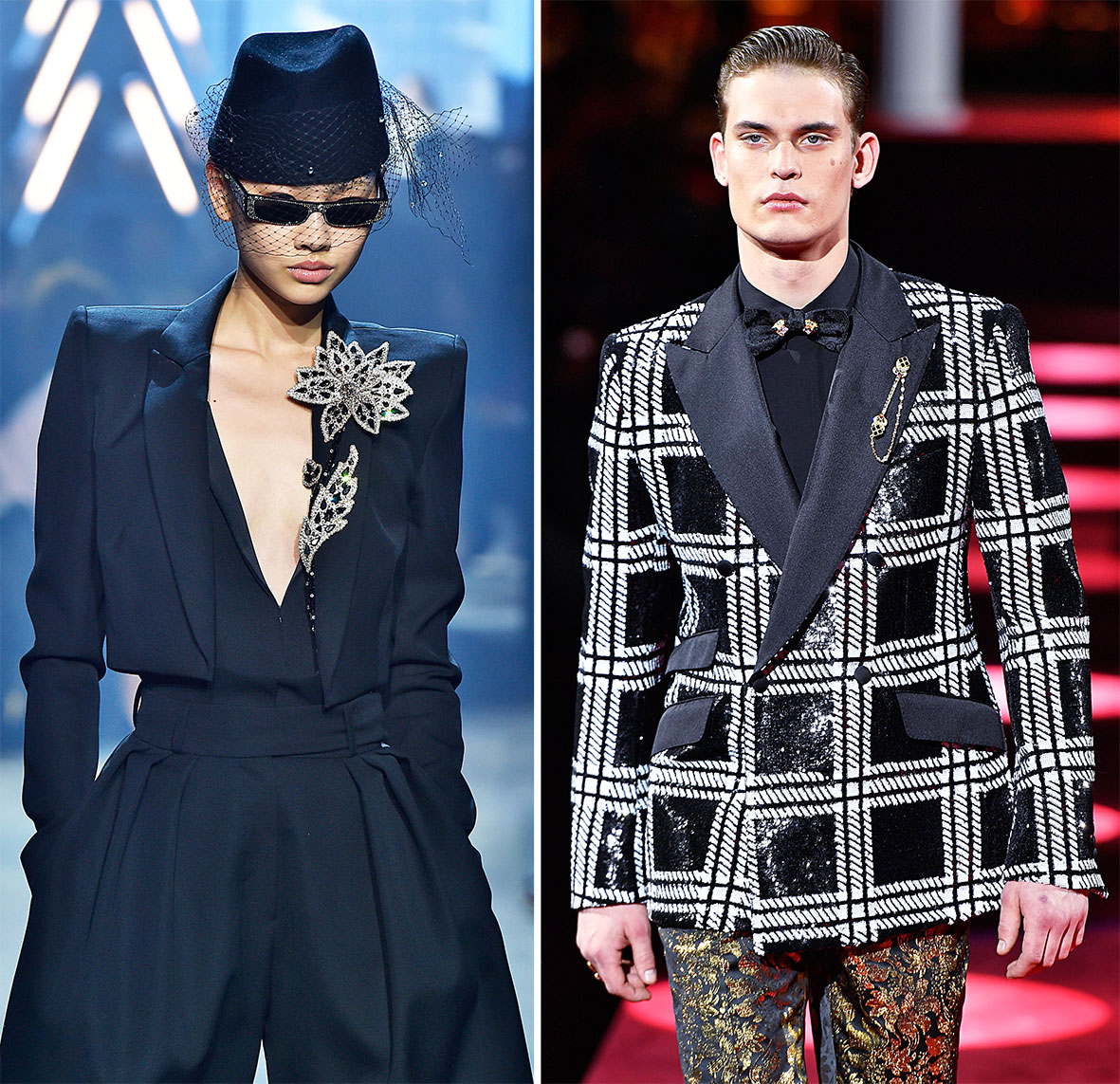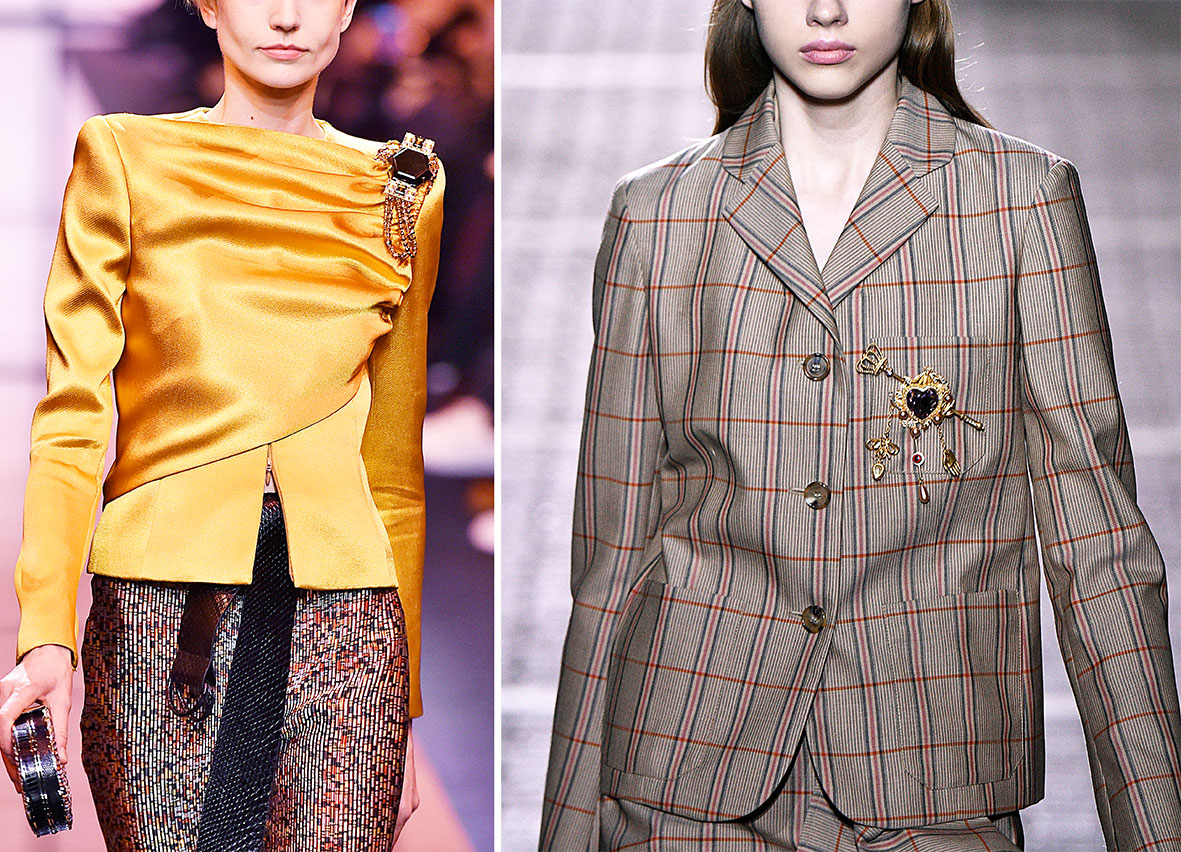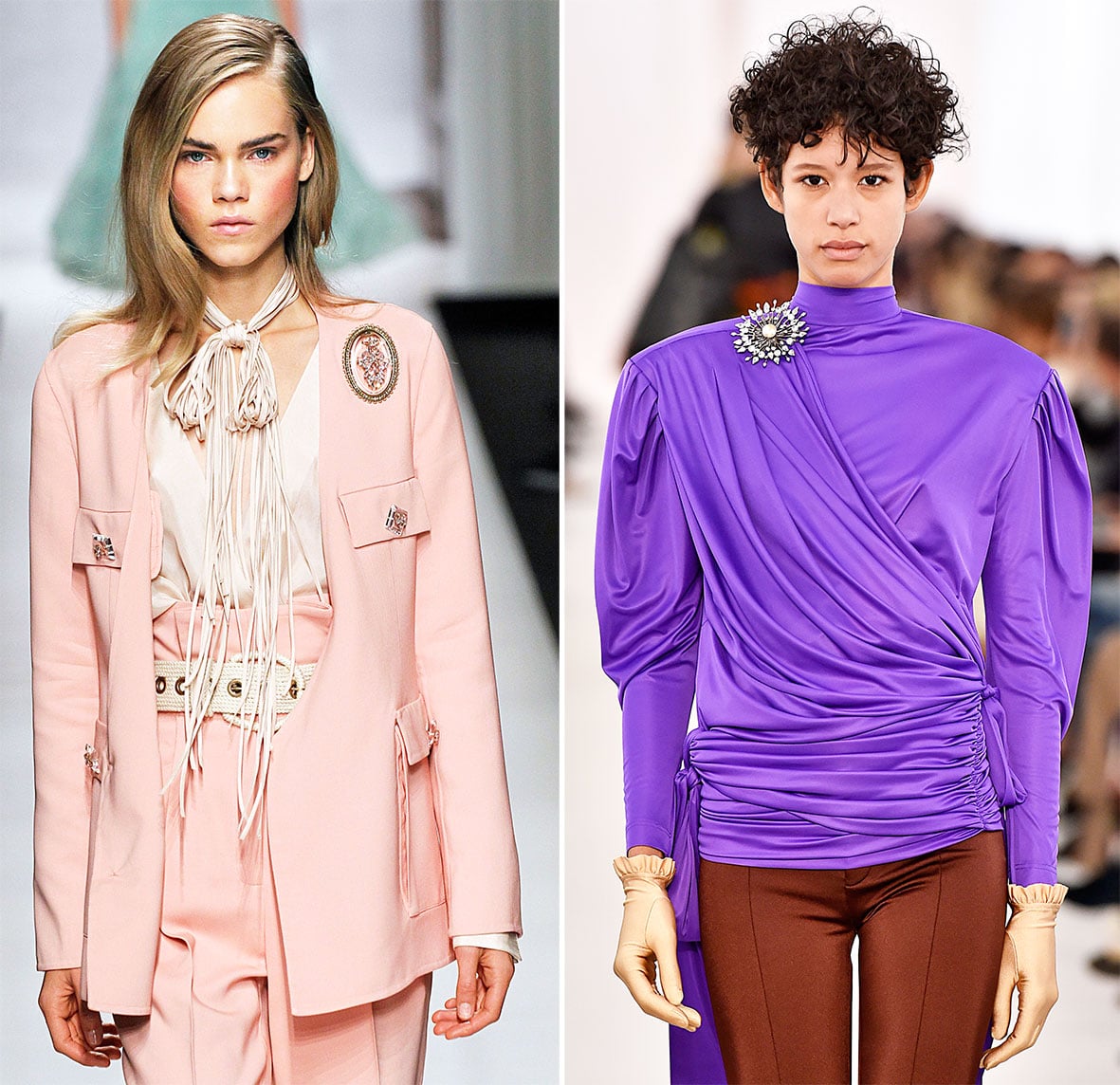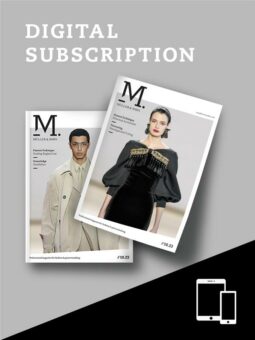The History of the Brooch
Deutsch

It has a centuries-old tradition and was not in demand for a long time. Now its star is rising again! The exciting history of the brooch…
At first glance, its reputation is not very flattering: in the 1960s, grandmothers liked to give their granddaughters a particularly precious piece of jewellery on special occasions such as confirmation and communion – and one that will last: a brooch. But the history of the brooch reaches back much further and is far older than the eager grandmothers who adorned themselves with it at celebrations: Records go back to the Bronze Age. At that time, there were neither buttonholes nor zips. To hold the ancient garments together, people used so-called brooches – a kind of precursor to safety pins. They were made of precious materials such as bronze, silver, gold and precious stones and were true pieces of jewellery.

Through the Ages
Until the 19th century, the brooch was an expression of wealth. It was an integral part of the clothing at royal and princely courts and represented a wealthy society that was rooted in tradition and conservative ideas. Incidentally, this did not change when brooches were replaced by the invention of buttons in the 14th century. Brooches were then more of a welcome and fashionable addition and attracted a lot of attention at the court of Louis XIV, where they were seen as a piece of jewellery – they were desired but no longer a necessity. And it was precisely because of this that their status suffered noticeably.
Moreover, their design was rather plain and people did not enjoy their creative execution. In the 1960s, they were worn in everyday professional life, for example on a costume. But then it disappeared without a sound in grandma’s jewellery box. And many a jeweller turned the old-fashioned and unpopular brooch into pretty, youthful earrings.

Renaissance of the Brooch
Today, the brooch is making a real comeback. America’s former Secretary of State Madelaine Albright even gave it a new meaning and coined the “statement brooch”. She never entered the political stage without a brooch on her lapel during her term in office (from 1997 to 2001) – this attracted attention and created a new way for her to deliver messages. According to her, on good days Albright preferred motifs such as flowers, butterflies or balloons; before difficult negotiations, on the other hand, she tended to wear brooch motifs such as beetles or carnivorous animals. Once she deliberately wore a “snake brooch” to a meeting with Saddam Hussein, and this because she had previously been called a “snake” in the Iraqi press.
Brooches have found their place in fashion again today. They are versatile and versatile. Designers like Oscar de la Renta and Christian Dior have discovered this. And labels like Prada or Balenciaga are also refining their creations with a bold new twist. Today, brooches can be found on hats, capes, throws and scarves; they decorate turned-up collars and present themselves in their own way. Well noted as a valuable accessory – not as a cheap knick-knack, of course. So what has lasted a long time is finally becoming fashionable and good again.

The Joy of Pinning – Brooch Trends:
Timeless glamour: the classic brooch for modern times is made of metal and impresses with its sparkling gemstone trim. If you have the courage for colour and new materials, put on the modern interpretation of the brooch. It is made of horn, resin, fur and feathers or of Plexiglas and PVC.
Or would you prefer the floral look? Flowers pinned to the top or coat are guaranteed not to wilt. Layered elegance calls for the brooch as a special feature: it obliges you to wear coordinated fashion – preferably plain and uni-coloured. Moreover, it does not tolerate other pieces of jewellery next to it.


